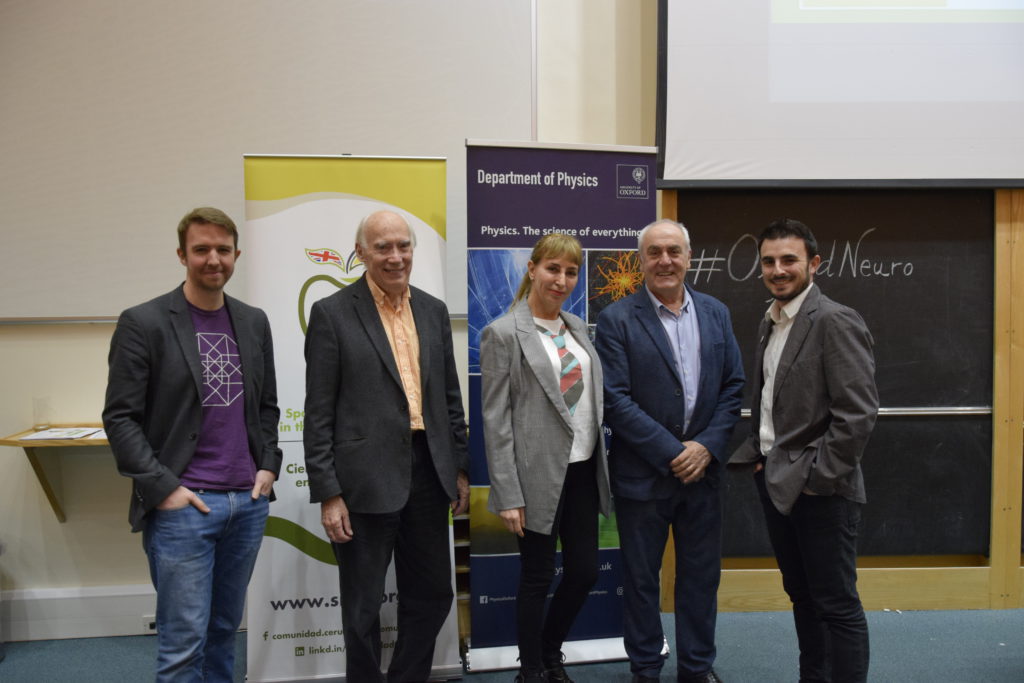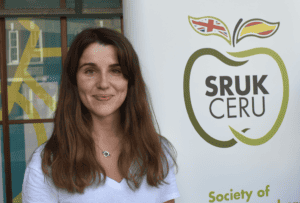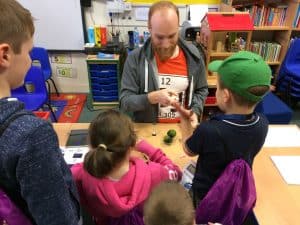“Long-term potentiation affect spatial memory”. Tim Bliss, professor at the Francis Crick Institute remarks how the advances in neuroscience can help to understand the memory process.
- The Society of Spanish Researchers in the United Kingdom (SRUK/CERU) continues to celebrate its 5th Anniversary.
- Today´s Symposium in Oxford brings together expert neuroscientists to review the latest advances in the area.

Oxford, November 4, 2017. The Society of Spanish Researchers in the United Kingdom (SRUK/CERU), in collaboration with the Department of Physics at the University of Oxford, has held the Symposium “The Essence of Who We Are” in Oxford. This event, funded by the Ramón Areces Foundation, the Spanish Embassy in London, the Spanish Science and Technology Foundation (FECYT), the Biochemical Society and the Medical Research Council, has brought together neuroscientists to discuss the latest advances of neuroscience.
This one-day symposium aimed to commemorate Santiago Ramon y Cajal’s discoveries on the 111th anniversary of his Nobel Prize award, in addition to bring the research in neuroscience closer to the general audience. During the Symposium, we went on a trip from basic research in neuroscience to their clinical applications and understanding processes like consciousness. As a connecting path, Ramon y Cajal´s impact in the discipline was highlighted. Researchers in different specialities such as Javier de Felipe, (Ramón y Cajal Institute), Tim Bliss (Francis Crick Institute) and Susan Greenfield (University of Oxford) participate in the symposium.
Professor Javier de Felipe (Ramón y Cajal Institute, CSIC, Madrid) focused his presentation on the differences found in the anatomical and neurochemical organization of the cerebral cortex in patients with Alzheimer’s disease versus the structure of brains healthy. “Mathematicians and Engineers are critical for understanding current neuroscience”
Professor Tim Bliss, from the Francis Crick Institute, London, is an expert in learning and memory processes. Bliss has emphasized the importance of neural networks and interneuronal communication for memory formation. “The Hippocampus is the key structure for working memory”
Professor Susan Greenfield (University of Oxford), a researcher, writer and scientific disseminator remarked the state of the art of new therapies for Alzheimer’s treatment. In her own words ” Above all don´t fear difficult moments, the best is yet to come”
The posterior round table with the participation of the invited speakers and more than 150 attendees has generated a rich debate in which a multidisciplinary collaboration in neuroscience has been manifested to be able to improve the knowledge in the field. Moreover, we had a really interesting magic and neuroscience session by Mr Matthew Tompkins.




